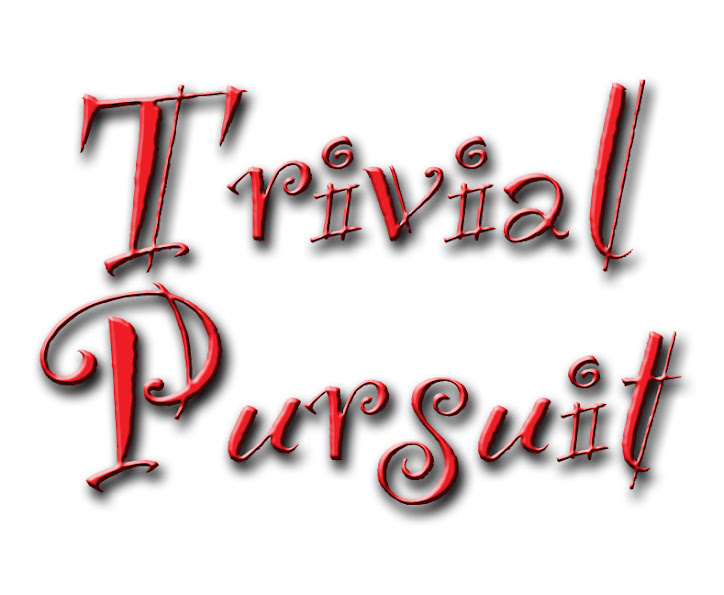Communication
The Jazz Fest team is geographically disbursed across the western hemisphere, so to keep in touch, the team uses VoIP and video conferencing tools such as Vonage and Skype.
Calls are reinforced in black and white; almost all senior team members boast smart phones (like the iPhone) for on the email and document management. For quick messages, most team members relay on Blackberry Messenger (BBM) and SMS.
Externally, the website was an invaluable tool used to communicate with patrons. Jazz fans logged on to find out everything about ticket prices and outlets, performers, venues, ground transport, accommodation recommendations and more. They also logged into Facebook and similar social networking sites hosted by the Festival organizers for information. Especially for visitors, they turned to website to buy their tickets online and avoid having to stop at the gate.
Venue
Externally, the website was an invaluable tool used to communicate with patrons. Jazz fans logged on to find out everything about ticket prices and outlets, performers, venues, ground transport, accommodation recommendations and more. They also logged into Facebook and similar social networking sites hosted by the Festival organizers for information. Especially for visitors, they turned to website to buy their tickets online and avoid having to stop at the gate.
Venue
Greenfield Stadium, the new home of the Jazz Festival, maintains the ambience of the previous venue while utilizing several innovations designed earlier in the history of the Festival. Each Jazz ticket or arm band boasts a unique bar code which is scanned upon entry at the venue; duplicate tickets are automatically detected and fraudulent ticket holders ejected. The TurnKey developed bar code system can provide the Festival producers with rich data for trend analysis in addition to superior security controls.
Engineers and other experts were consulted to determine the best layout of the venue on the stadium field. Using appealing 3D rendering, doubters can take a virtual tour of the Festival facilities from the website. Switch from birds eye view to a walk through to get a sense of where the stage, skyboxes, bar and bathrooms will be located on the grounds.
In addition to watching the stage directly, you can see the stage from just about anywhere, including inside booths. Stage images are streamed to multiple screens all over the venue.
Finally, if you are an information junkie, pull out your Wifi enabled phone or your portable FM radio to surf the internet or listen to live outside broadcasts from FAME FM while on site.
Talent
Engineers and other experts were consulted to determine the best layout of the venue on the stadium field. Using appealing 3D rendering, doubters can take a virtual tour of the Festival facilities from the website. Switch from birds eye view to a walk through to get a sense of where the stage, skyboxes, bar and bathrooms will be located on the grounds.
In addition to watching the stage directly, you can see the stage from just about anywhere, including inside booths. Stage images are streamed to multiple screens all over the venue.
Finally, if you are an information junkie, pull out your Wifi enabled phone or your portable FM radio to surf the internet or listen to live outside broadcasts from FAME FM while on site.
Talent
Technology had a profound impact on how the international performers were chosen for the talent stage. Many of the acts that aspire to be on the main stage first thrill patrons on the talent stage located near the food court. Technology made the audition process smoother because acts submitted their material over the internet from all over North America. The panel narrowed their selections before hosting live auditions in New York and Miami. Less travel, less expense for all.
Production
Production
The use of technology in staging the Festival is most obvious in the production of the concert itself. Phenomenally crisp audio and eye catching stage set and lighting designs are hallmarks of Turnkey Productions. Without going into the technical details, TurnKey helped pioneer the use of digital consoles across the region. Further, TurnKey uses cutting edge wireless systems (for microphones, ear pieces and more) provided by Shure and eye catching intelligent lighting to compliment the stage performers.
Interface with us:
Online: trivialonfame.blogspot.com
On email: famefm@rjrgroup.com
On SMS: 876-878-FAME (18768783263)
Interface with us:
Online: trivialonfame.blogspot.com
On email: famefm@rjrgroup.com
On SMS: 876-878-FAME (18768783263)


